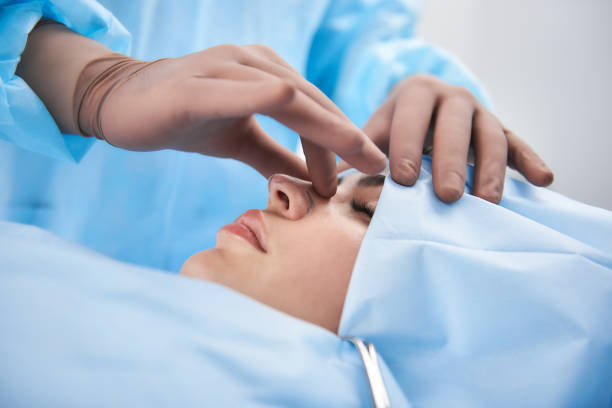Will the nose fall after rhinoplasty? Yes, the nose may fall after rhinoplasty. This is because the nasal bones and cartilage are shaped during surgery, and then the tip of the nose is lifted upwards. During this procedure, the connective tissues that support the tip of the nose may also be stretched or torn. In this case, the tip of the nose may begin to slowly fall downwards after surgery.
Will the nose fall after rhinoplasty?
Factors that increase the risk of nose drooping after rhinoplasty include:
- Scope of the surgery: The wider the scope of the surgery, the higher the risk of nasal tip falling. For example, the risk of nose tip falling in a surgery that requires only shaping the nose tip will be lower than the risk of nose tip falling in a surgery that also requires shaping the nasal bone and cartilage.
- Individual characteristics of the person: A person’s age, skin type and general health condition may affect the risk of nasal tip drooping after rhinoplasty. For example, older people may have a higher risk of nasal tip drooping after nose surgery because their skin is thinner.
- Surgeon’s experience: An experienced surgeon can perform the surgery without damaging the connective tissues that support the tip of the nose. However, the risk of nasal tip drooping may be higher in surgeries performed by an inexperienced surgeon.
Here are some points to consider to prevent nasal tip drooping after rhinoplasty:
- Choose an experienced surgeon.
- Have a comprehensive examination before surgery.
- Follow your doctor’s instructions after surgery.
- Protect your nose from impacts.
If the nose tip drops after rhinoplasty, revision rhinoplasty surgery may be required. It is important that revision rhinoplasty surgery be performed by an experienced surgeon.
Nasal tip drooping after rhinoplasty is a common complication of the surgery. However, the risk of this complication is lower in surgeries performed by an experienced surgeon.






